
10 Personalized Military Gifts for Your Service Member
USAMM makes holiday shopping easy. Just check out our list of 10 personalized military gifts for your service member, order online, and leave the rest to us.
Jared Zabaldo |
ARMED FORCES SUPER STORE 1-877-653-9577 | 8 - 7 CST MON-FRI

USAMM makes holiday shopping easy. Just check out our list of 10 personalized military gifts for your service member, order online, and leave the rest to us.
Jared Zabaldo |

Know a buddy or a loved one who is getting ready to deploy? Check out USAMM's 10 military "going away" gifts and hook them up before their deployment.
Jared Zabaldo |

Our list of 10 thoughtful gifts for military men is guaranteed to make your holiday shopping easy as 1-2-3 (said in a cadence, of course).
Jared Zabaldo |

If you've got a military loved one or friend who has gotten promoted, consider checking out our top 10 list of military promotion gifts.
Jared Zabaldo |

Discover the world's most elite military units. From the Navy SEALs to the SAS, we break down the 10 best special forces in the world.
Jared Zabaldo |

To help you pick great military gifts for that special military person or veteran in your life, we’ve created our top 10+ military gifts guide for any occasion.
Jared Zabaldo |

Discover Air Force pilot salaries, including base pay, flight pay, bonuses, and allowances. Complete compensation breakdown by rank and experience.
Jared Zabaldo |

Curious about what Navy SEALs do? Explore their real missions, training, and responsibilities beyond the Hollywood myths.
Jared Zabaldo |

Discover how many WWII veterans remain alive today. Current estimates, declining numbers, and why preserving their stories matters more than ever.
Jared Zabaldo |

Navigate your military to civilian transition successfully. Learn how to translate skills, find jobs, and adjust to civilian workplace culture.
Jared Zabaldo |

Discover what the U.S. Coast Guard actually does beyond search and rescue, from drug interdiction to port security and environmental protection.
Jared Zabaldo |

Discover which Air Force jobs offer the best civilian career prospects. From IT to aviation maintenance, learn how your military skills translate to high-paying jobs.
Jared Zabaldo |

Learn how to wear a beret properly. This guide covers shaping, shaving, and positioning your military beret to meet uniform regulations.
Jared Zabaldo |

Our extensive list of American presidents who served in the military, and those who did not, will surprise you. See how many presidents served in the ranks and how many...
Jared Zabaldo |

Everything you need to know about the Army Fitness Test in 2025. Learn AFT scoring, standards, and how it compares to the old ACFT and APFT.
Jared Zabaldo |

Discover meaningful shadow box ideas for Army, Navy, Marines, Air Force, Space Force and Coast Guard. Create lasting tributes that honor military service with dignity.
Jared Zabaldo |

When will the new Air Force One be ready? Explore the costs, new paint scheme, interior details, and delivery date of the next presidential aircraft.
Jared Zabaldo |

Exploring the science and immense challenges behind the concept of a Space Force orbital aircraft carrier. Is it feasible or still science fiction?
Jared Zabaldo |

Learn about the new gold and black Army Physical Fitness Uniform (APFU), its features, materials, and how it improves soldier performance.
Jared Zabaldo |

The incredible story of Dakota Meyer, the youngest living Medal of Honor recipient, and his heroic actions during the Battle of Ganjgal in Afghanistan.
Jared Zabaldo |

Learn what the U.S. military's DEFCON levels mean, what level we are at now, and when the alert status has been raised throughout history.
Jared Zabaldo |

Learn what "anodized" means and discover the difference between anodized and regular medals to choose the best finish for your military awards.
Jared Zabaldo |

Learn about the history, significance, and ways to observe National Airborne Day. Honor the courage and legacy of U.S. paratroopers on August 16th.
Jared Zabaldo |

Learn meaningful ways to thank veterans beyond "thank you for your service." Discover appropriate phrases, actions, and year-round appreciation strategies.
Jared Zabaldo |

Learn the important differences between Memorial Day and Veterans Day, including their history, traditions, and how to honor each holiday correctly.
Jared Zabaldo |

Discover the best boots for rucking with our complete guide. Learn what is rucking and find the perfect footwear for your weighted walking adventures.
Jared Zabaldo |

This comprehensive guide explores how different body armor levels function in military versus civilian contexts, examines what protection systems the US military currently employs, and clarifies the important distinctions between...
Jared Zabaldo |

This comprehensive analysis examines how the DOGE freeze impacts military research and what stakeholders should expect moving forward.
Jared Zabaldo |

This comprehensive guide explores the origins, design principles, performance characteristics, and practical applications of the OCP vs Multicam camouflage patterns. Whether you're researching military history, planning outdoor adventures, or simply...
Jared Zabaldo |

What is rucking? It is a fitness trend that is gaining traction for its simplicity and effectiveness. It combines cardio and strength training into a single, accessible activity. All you...
Jared Zabaldo |
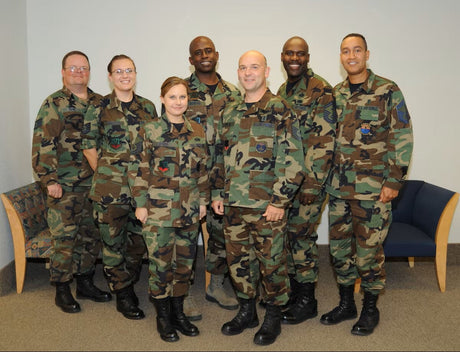
Discover what BDU pants are, their key features, uses beyond military service, and how to choose the right pair for your needs.
Jared Zabaldo |
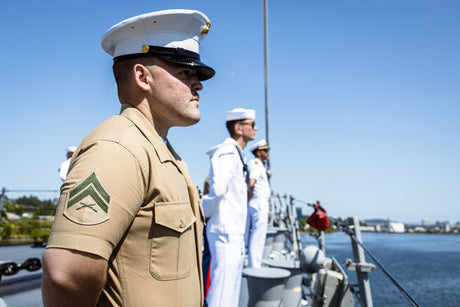
Discover Fleet Week celebrations across America. Learn about Blue Angels performances, ship tours, schedules, and the rich history of this naval tradition.
Jared Zabaldo |
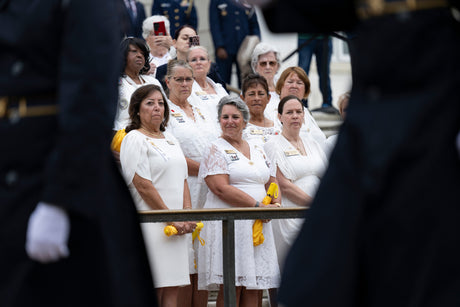
Learn about Gold Star Mothers and Family Day history, differences, and meaningful ways to honor military families who made the ultimate sacrifice.
Jared Zabaldo |
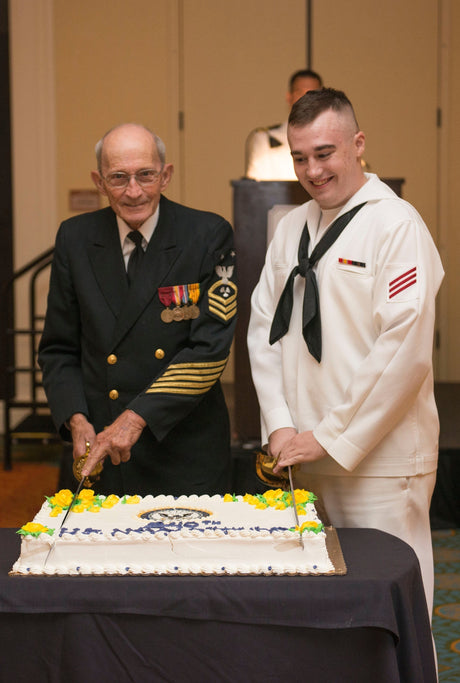
Discover the history behind the US Navy's birthday on October 13th and learn meaningful ways to celebrate this important military milestone.
Jared Zabaldo |
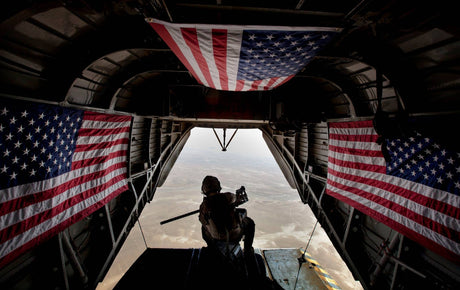
Discover the history and significance of Flag Day, celebrated every June 14th. Learn why Americans honor the Stars and Stripes and how you can participate.
Jared Zabaldo |
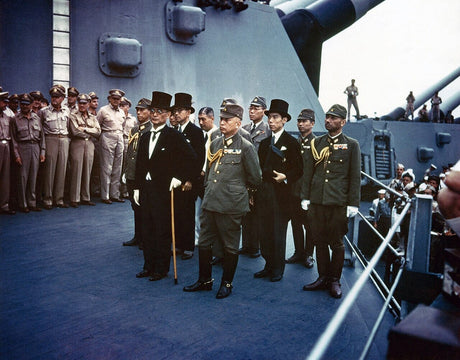
Learn about VJ Day, the day Japan surrendered ending WWII. Discover the difference between August 15 and September 2, 1945, and how VJ Day differs from VE Day.
Jared Zabaldo |
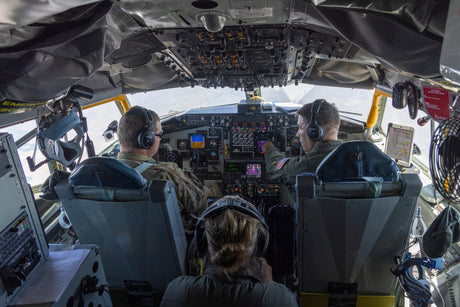
When is the Air Force birthday? Learn the history, key dates, and how to celebrate this important day honoring the U.S. Air Force.
Jared Zabaldo |
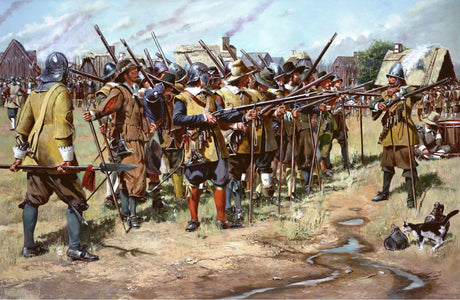
Celebrate the National Guard's birthday! Learn about its history, modern-day role, and how it’s shaping the future of military and community service.
Jared Zabaldo |
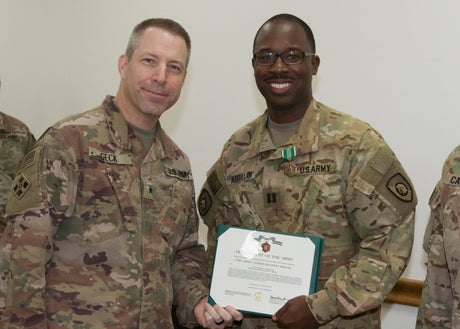
Learn what OCP stands for and why the "Operational Camo Pattern" is used by the U.S. Army, U.S. Air Force and U.S. Space Force. Explore its features and real-world applications.
Jared Zabaldo |

Explore U.S. military recruitment numbers from 2016 to 2025. Learn how challenges like COVID-19 and labor shortages have impacted each branch.
Jared Zabaldo |

Learn how to properly display medals on dress blues for Army, Navy, Air Force, Marines, Space Force, and Coast Guard. Step-by-step guidelines for military precision.
Jared Zabaldo |
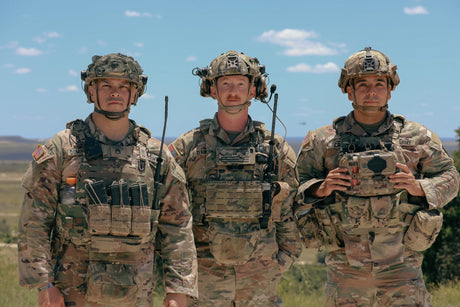
Learn how much the U.S. spends on its military. Breakdown by branch including the Army, Navy, Air Force, Marines, Space Force, Coast Guard, and National Guard.
Jared Zabaldo |
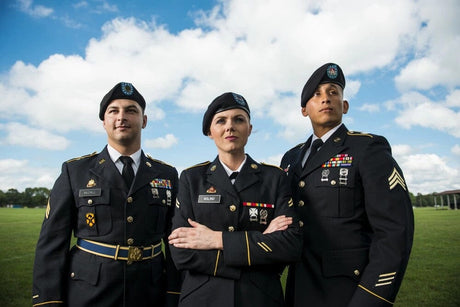
Learn how to set up your Army Dress Uniform perfectly. From ASU patches to Mess Dress details, ensure accuracy and honor military traditions!
Jared Zabaldo |
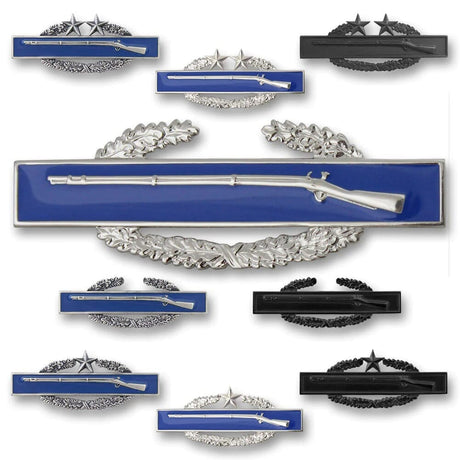
Learn about the history, requirements, and significance of Combat Infantryman Badges. Explore distinctions like the master badge and stars.
Jared Zabaldo |

Can a felon join the military? Learn about waivers, branch-specific policies, and steps to improve your chances of military enlistment with a felony.
Jared Zabaldo |

Curious about the military pay raise for 2025? Learn key details about the legislation, percentages, and why it matters for service members and their families.
Jared Zabaldo |
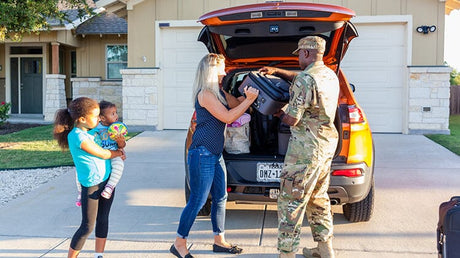
Learn about PCS military moves, how often they happen for service members and families, and get practical tips for navigating relocations seamlessly.
Jared Zabaldo |
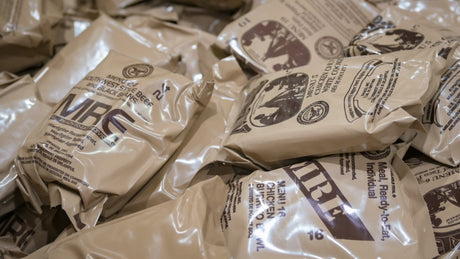
What is an MRE? Discover its meaning, shelf life, preparation tips, and how long these ready-to-eat meals last. Perfect for veterans and outdoor enthusiasts.
Jared Zabaldo |

Learn about the US Air Force's founding in 1947 and its evolution into a global powerhouse through air and space innovations.
Jared Zabaldo |